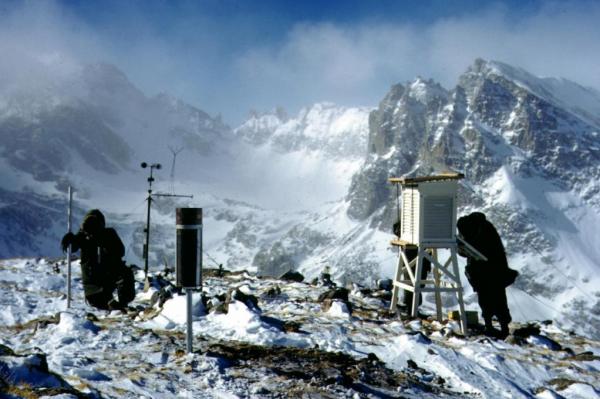BOULDER, Colo., Jan. 13 (UPI) — A small glacier in the high mountains west of Boulder continues to shrink. New research links the accelerating ice loss with rising global temperatures.
Colorado’s Arikaree glacier, the only glacier along the Niwot Ridge, has been thinning at an annual average of more than three feet over the last 15 years.
“Things don’t look good up there,” Mark Williams, a geography professor at the University of Colorado, said in a press release. “While there was no significant change in the volume of the Arikaree glacier from 1955 to 2000, severe drought years in Colorado in 2000 to 2002 caused it to thin considerably.”
Williams, a fellow at Boulder’s Institute of Arctic and Alpine Research, says the numbers spell bad news for Arikaree and other concentrations of ice in the Rocky Mountains.
“Even after heavy snow years in 2011 and again in 2014, we believe the glacier is on course to disappear in about 20 years given the current climate trend.”
The data collection is part of a larger effort to measure the effects of climate change among the ecosystems of the Continental Divide in the Rocky Mountains — a region including several thousand acres of alpine tundra, subalpine forest, rocky slopes, glacial lakes and wetlands.
Williams and his research partners used three methods to measure changing ice and snow conditions along the Niwot Ridge — ground-penetrating radar, resistivity and seismometers. Resistivity gauges ice thickness by measuring electric resistance. Seismometers record seismic waves pulsing through subsurface ice.
“We found that a combination of all three methods provided the best picture of changing snow and ice conditions on Niwot Ridge,” said Williams.
The data, detailed in a recent issue of the journal Plant Ecology and Diversity, shows shifting hydrological patterns and warming temperatures are affecting the makeup of high mountain ecosystems.
“Places that once harbored magnificent wildflowers in this area are being replaced by shrubs, particularly willows,” he said. “The areas dominated by shrubs are increasing because of a positive feedback — patches of these shrubs act as snow fences, causing the accumulation of more water and nutrients and the growth of more shrubs.”
Williams says the findings aren’t necessarily cause for alarm, but a reminder that climate change is having localized effects, and these effects are likely indicative of similar changes happening throughout the West’s alpine regions.






